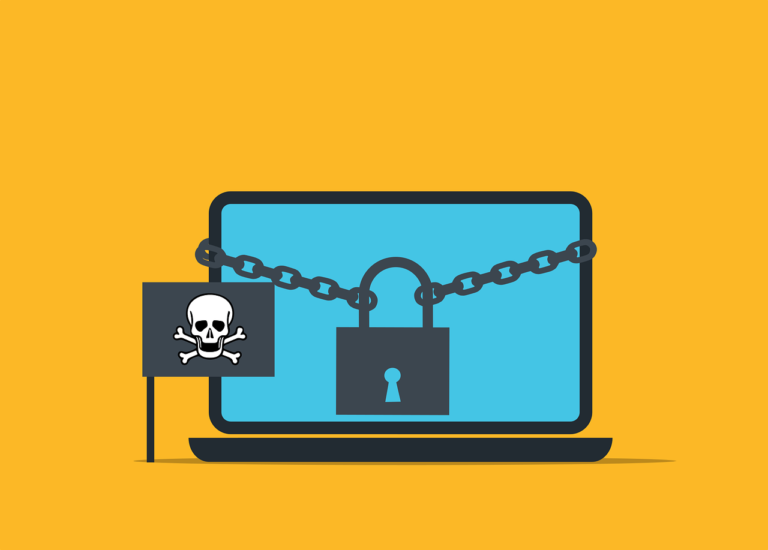WNE Security News
Read about “How To Use AI to Improve my Company’s Cybersecurity ” and the most important cybersecurity news to stay up to date with
How To Use AI to Improve my Company's Cybersecurity

WNE Security Publisher
1/20/2024

Learn How To Use AI to Improve my Company’s Cybersecurity how we can help keep your organization cyber safe.
With cyber threats evolving at an unprecedented rate, traditional security measures are often insufficient in providing the necessary protection against sophisticated cyber-attacks. This is where Artificial Intelligence (AI) steps in, offering innovative and effective solutions to bolster cybersecurity efforts. Below, we explore various ways AI can be leveraged to enhance your company’s cybersecurity posture.
Threat Detection and Response: AI algorithms are adept at analyzing massive volumes of data to identify patterns and anomalies that might indicate a security breach. By learning from historical cybersecurity incidents, AI can detect threats more rapidly and accurately than human analysis. This rapid detection allows for quicker response to potential threats, minimizing the damage they can cause.
Predictive Analytics: AI can anticipate future cyber threats by analyzing trends and patterns in data. This predictive capability enables businesses to fortify their defenses against potential vulnerabilities before they are exploited by attackers.
Automating Security Tasks: Routine cybersecurity tasks, such as monitoring network traffic or scanning for vulnerabilities, can be time-consuming and prone to human error. AI can automate these tasks, increasing efficiency and allowing cybersecurity professionals to focus on more complex challenges.
Enhanced Authentication Protocols: AI can improve authentication processes through biometric verification methods such as facial recognition, voice recognition, and fingerprint scanning. These AI-driven methods offer a higher level of security compared to traditional passwords or PINs.
Behavior Analysis: AI systems can analyze user behavior to identify deviations that may indicate a security threat. For instance, if a user accesses the network at unusual hours or downloads large amounts of data, AI can flag these activities for further investigation.
Incident Response and Remediation: In the event of a security breach, AI can assist in assessing the scope and impact of the incident, recommend remediation steps, and automate the response to contain and neutralize the threat.
Enhancing Email Security: AI can be used to scan emails for phishing attempts and other malicious content. By learning to recognize the tactics used in these types of attacks, AI can effectively block harmful emails before they reach the intended recipient.
Network Security: AI algorithms can monitor network traffic in real-time to detect unusual patterns that may signify a cyber-attack, such as Distributed Denial of Service (DDoS) attacks.
Security Policy Enforcement: AI can ensure that security policies are consistently applied across the organization. It can monitor compliance and report deviations, helping to maintain a strong security posture.
Training and Awareness: AI-driven simulations and training programs can be used to educate employees about cybersecurity best practices and emerging threats, thereby reducing the risk of human error.
In the evolving realm of technology, Artificial Intelligence (AI) stands out as one of the most impactful innovations of the 21st century. Its potential is being harnessed across various industries, from healthcare to finance. In the sphere of cybersecurity, AI has begun to play an increasingly vital role, ushering in a new era of threat detection, response, and prevention.
Understanding AI’s Place in Cybersecurity
AI, at its core, is the simulation of human intelligence processes by machines, particularly computer systems. These processes include learning (gathering information and rules for using the information), reasoning (using those rules to arrive at approximate or definitive conclusions), and self-correction.
In cybersecurity, this translates to systems that can learn from historical data to recognize patterns, anomalies, and potential threats. Once a threat is identified, AI can rapidly make decisions on how best to mitigate or respond, often in real-time, surpassing human response times.
Redefining Threat Detection and Response
Traditional cybersecurity methods often rely on signature-based detection. In simpler terms, they recognize threats by matching them to a database of known malware or attack signatures. However, with cyber threats continually evolving and new, unknown (“zero-day”) threats emerging, this approach has its limitations.
This is where AI’s machine learning capabilities shine. Machine learning can analyze vast amounts of data, learn from it, and predict future patterns or anomalies that might indicate a threat. This proactive approach allows for the early detection of sophisticated attacks, including those that haven’t been seen before.
Enhancing Phishing Detection and User Behavior Analysis
Phishing remains a dominant method used by cybercriminals, and AI is proving invaluable in combating it. By analyzing email content, sender details, and other patterns, AI can detect subtle, suspicious signs that might be missed by traditional filters.
Furthermore, AI-driven systems can monitor and learn typical user behavior within a network. Any deviation from this ‘normal’ behavior, such as unusual login times or accessing sensitive data unexpectedly, can trigger alerts for potential insider threats or compromised accounts.
Challenges and Considerations
While AI offers transformative benefits to cybersecurity, it’s not without challenges. Cyber adversaries are also harnessing AI to craft more advanced malware and attacks. Additionally, over-reliance on AI without human oversight can lead to false positives or potential oversights.
A Dynamic Duo for the Digital Age
As cyber threats become more advanced and pervasive, integrating AI into cybersecurity strategies is no longer optional—it’s imperative. However, the most effective approach combines the computational prowess of AI with the nuanced understanding and experience of human cybersecurity experts. Together, they form a formidable defense line in an ever-evolving digital battleground.
Learn More About AI By Visiting These Sites.
https://www.ibm.com/ai-cybersecurity
https://www.morganstanley.com/articles/ai-cybersecurity-new-era
Learn more about WNE Security products and services that can help keep you cyber safe.
Learn How To Use AI to Improve my Company’s Cybersecurity how we can help keep your organization cyber safe.

Stay updated with WNE Security’s news section for the latest in cybersecurity trends, threats, and protection measures.



